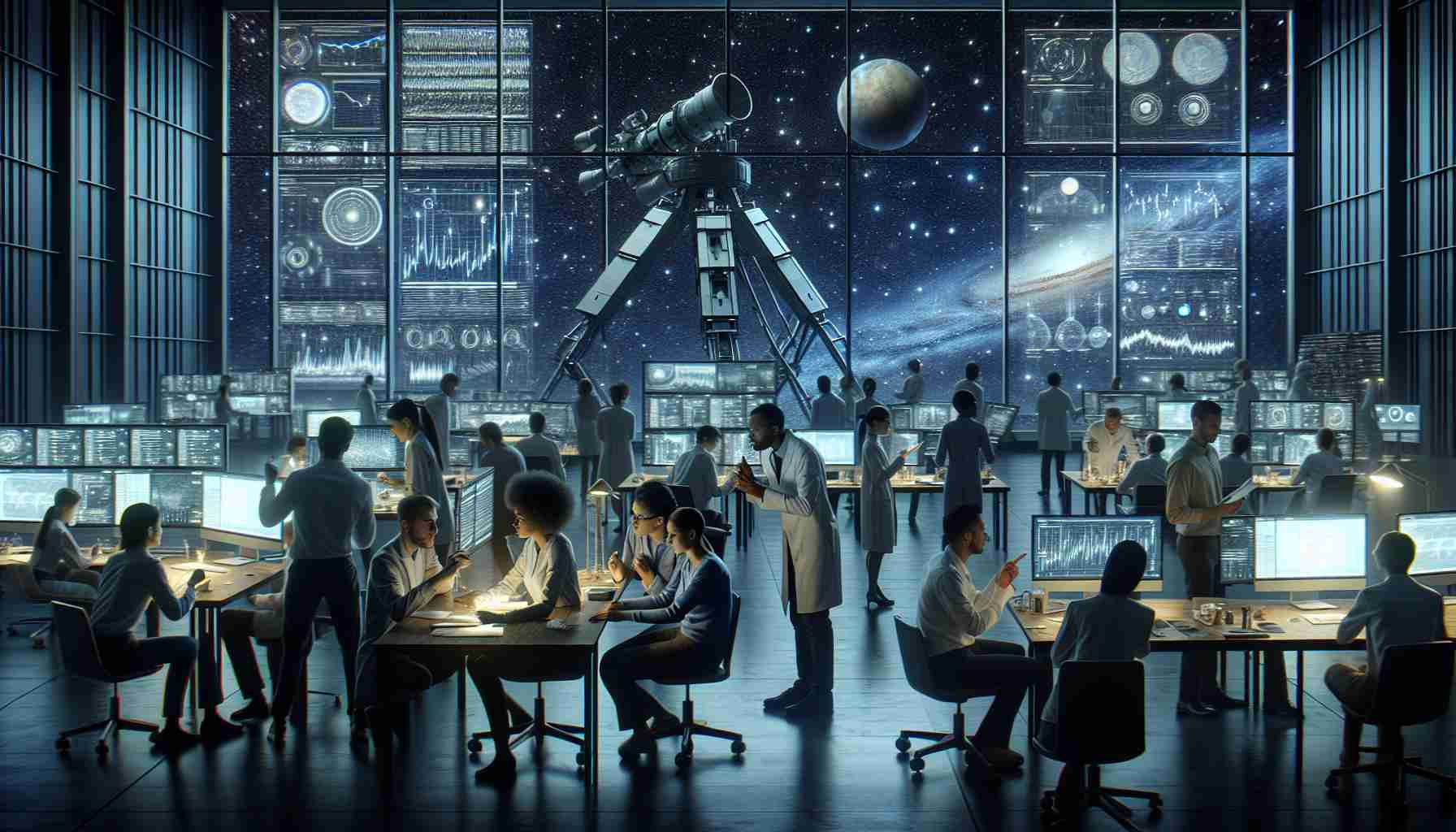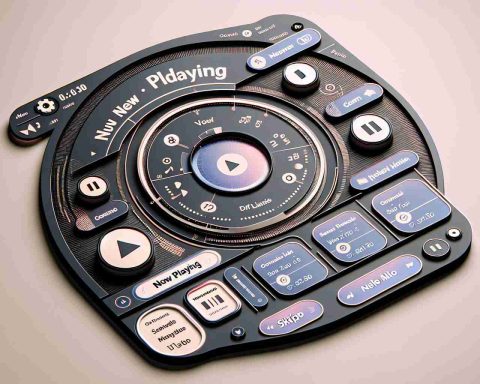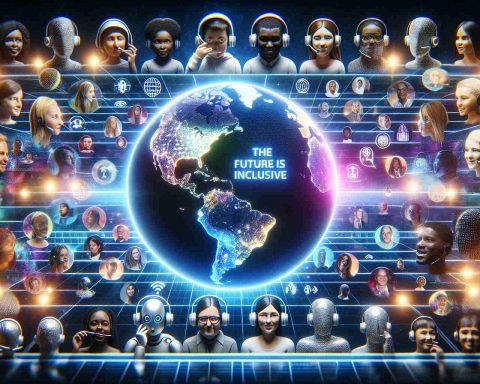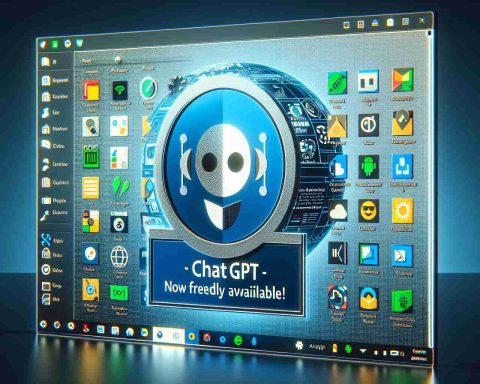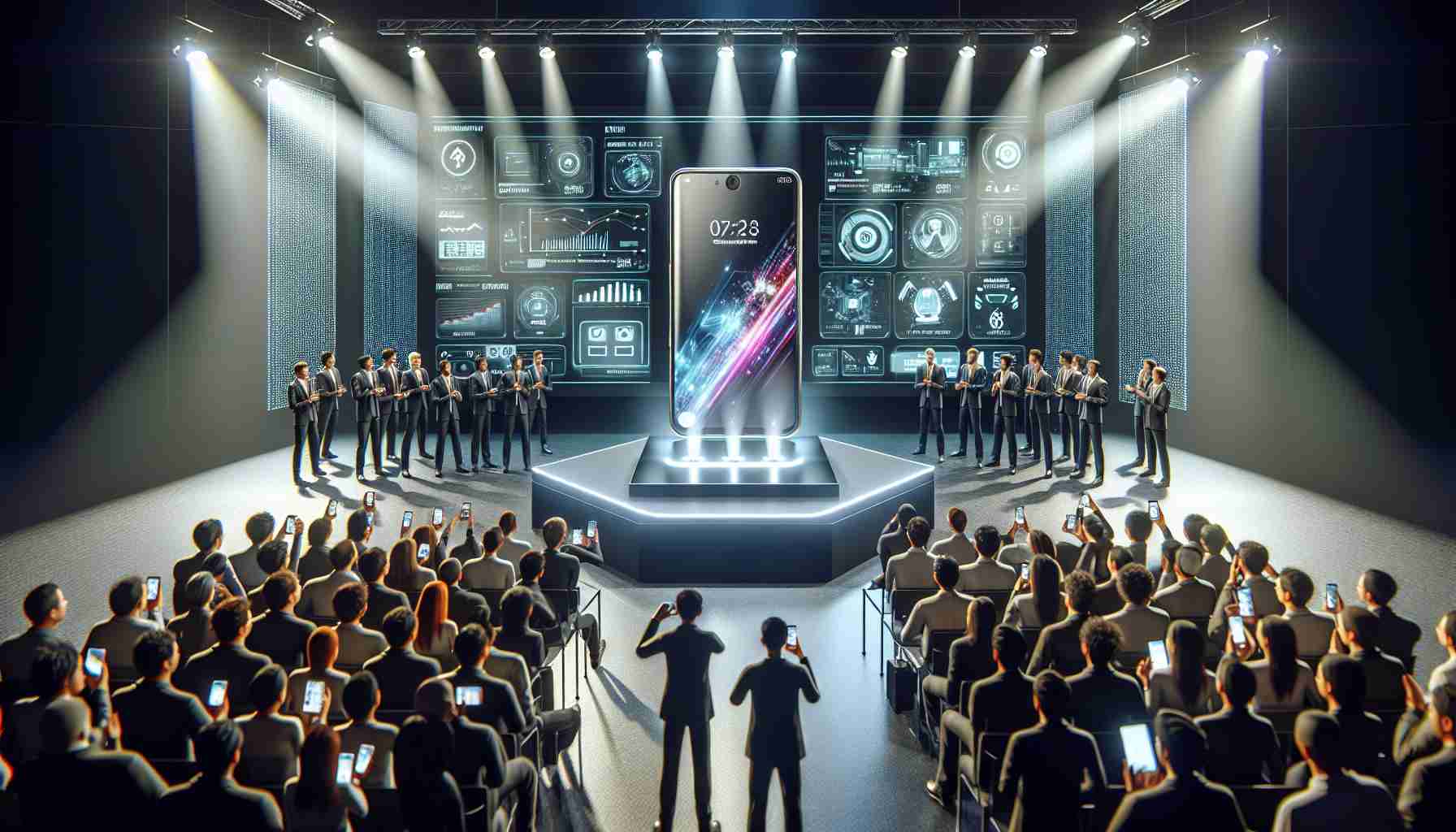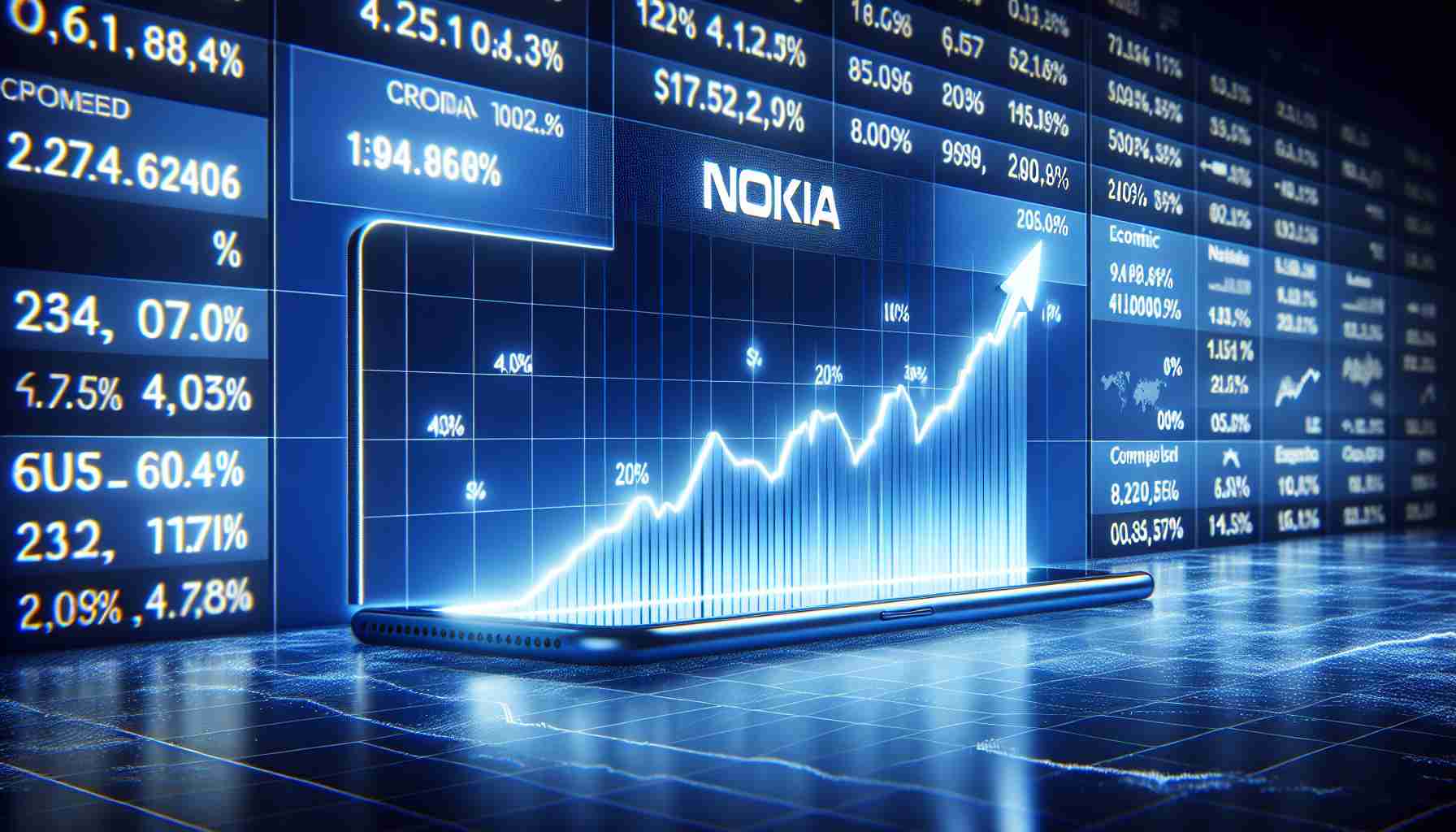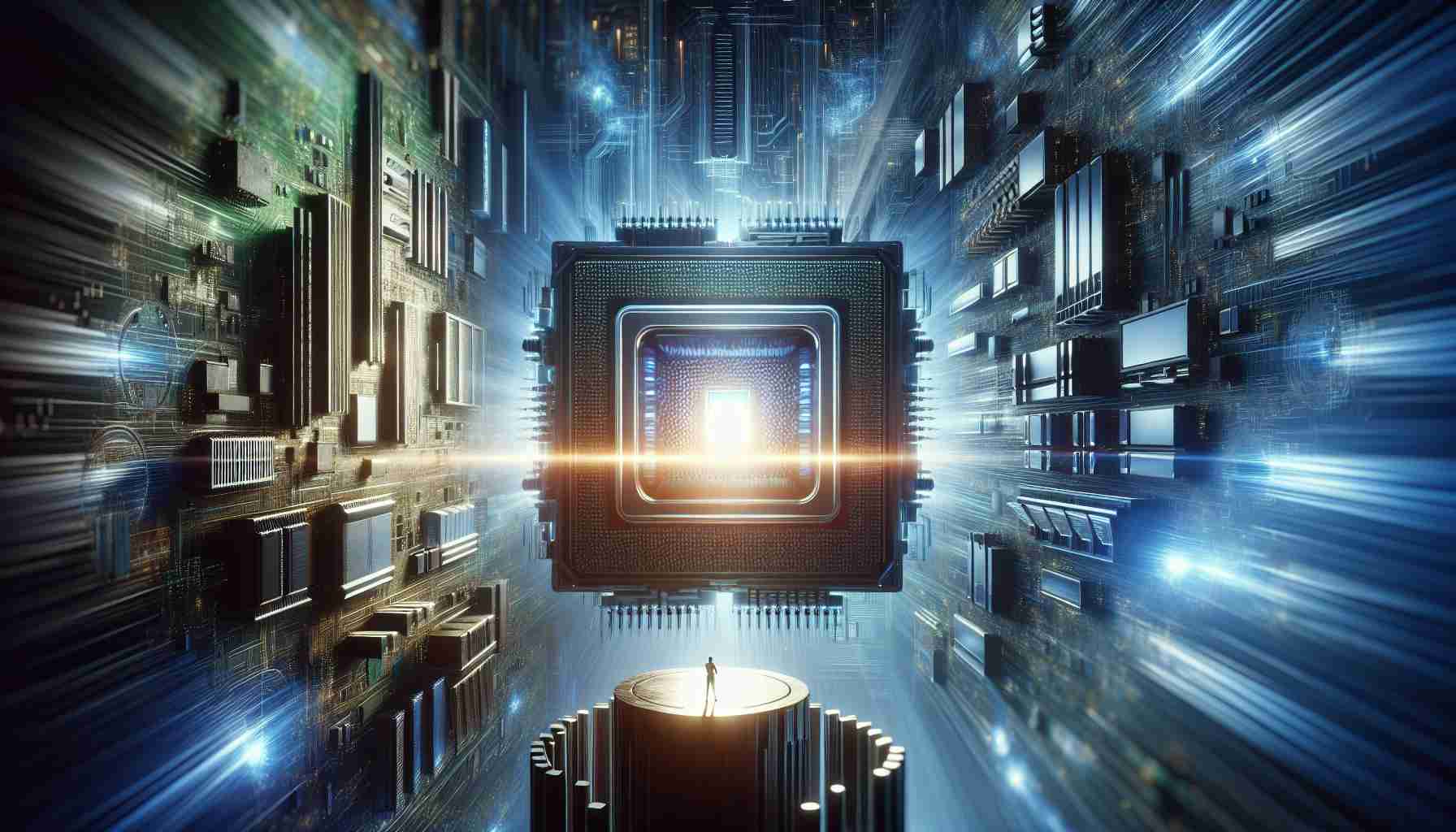A fascinating cosmic endeavor recently culminated in a remarkable achievement, where two Earthly minds unveiled an encoded signal transmitted from Mars. This message, transmitted by a European orbiting spacecraft, sparked the imaginations of countless individuals on our planet. The project, known as A Sign in Space, was designed to test the public’s ability to interpret a simulated communication from extraterrestrial life.
Led by artist Daniela de Paulis, the initiative encouraged a community of enthusiasts to work together in deciphering the enigmatic message. After extensive analysis, Ken and Keli Chaffin, a dedicated father-daughter team, emerged victorious in their decoding efforts. They revealed that the message represented molecular structures indicative of life, highlighting five specific amino acids essential for biological processes.
This decoded message was not merely a sign from the cosmos, but an artistic exploration of humanity’s quest to comprehend our existence among the stars. The artist aimed to provoke thought about how humans might relate to information from beyond Earth, emphasizing the complexities of meaning in unfamiliar contexts.
Even though the signal wasn’t of alien origin, the project sheds light on the formidable challenges that might accompany meaningful communication with extraterrestrial civilizations in the future. The collaboration continues, inviting further dialogue and insights from participants worldwide as they endeavor to understand the implications of this cosmic message.
Decoding Signals from Space: A Unique Collaboration
In the realm of space exploration, cooperation between artists, scientists, and the public has paved the way for innovative projects that extend beyond our traditional understanding of communication. Recently, the endeavor titled “A Sign in Space” brought to light not only the potential of deciphering messages from space but also highlighted the intricate relationship between art, science, and humanity’s innate curiosity about the cosmos.
What are the underlying goals of projects like “A Sign in Space”?
The primary aim is to democratize the process of scientific inquiry, allowing individuals from various backgrounds to engage in decoding what could potentially be alien communications. This project also serves as a medium to raise awareness about the signals mankind sends into space, fostering a collective curiosity about our place in the universe.
Key Challenges and Controversies
One of the main challenges in signal decoding lies in distinguishing between noise and meaningful data. With the vast amount of celestial noise generated by cosmic phenomena, discernment is crucial. Another significant challenge is the varying interpretations of messages: the meaning of signals can be subjective, influenced by cultural and personal perceptions. Critics question the emphasis placed on artistic interpretation over rigorous scientific methodology, raising concerns about the validity and seriousness of such projects.
Advantages and Disadvantages
The advantages of collaborative projects like this include the promotion of interdisciplinary engagement, where participants from diverse fields contribute their expertise. This collective effort enhances public interest in astronomy and science, which is vital for future funding and support for space exploration initiatives.
However, such projects can also face skepticism. Some argue that involving the public in scientific decoding can lead to misinformation or overhyped expectations regarding the potential of receiving messages from extraterrestrial civilizations. Additionally, the romanticization of space communication might overshadow the more pressing issues faced by scientific communities, such as funding shortages and the need for rigorous research.
What is the future of similar collaborations?
As technology continues to evolve, the potential for more sophisticated signal detection and analysis will increase. Projects combining art and science like “A Sign in Space” are likely to grow, positing that the human element in understanding the cosmos is just as vital as the scientific fact. Future collaborations can bring innovative perspectives on our quest to connect with other life forms, drawing from a rich tapestry of human culture and creativity.
For those interested in exploring more about the intersection of space communication and human creativity, the following website offers a wealth of resources and information: NASA.
In conclusion, as humanity reaches for the stars, the quest for understanding signals from beyond Earth remains not just a scientific undertaking, but also a profound exploration of who we are and how we connect with the universe around us.
